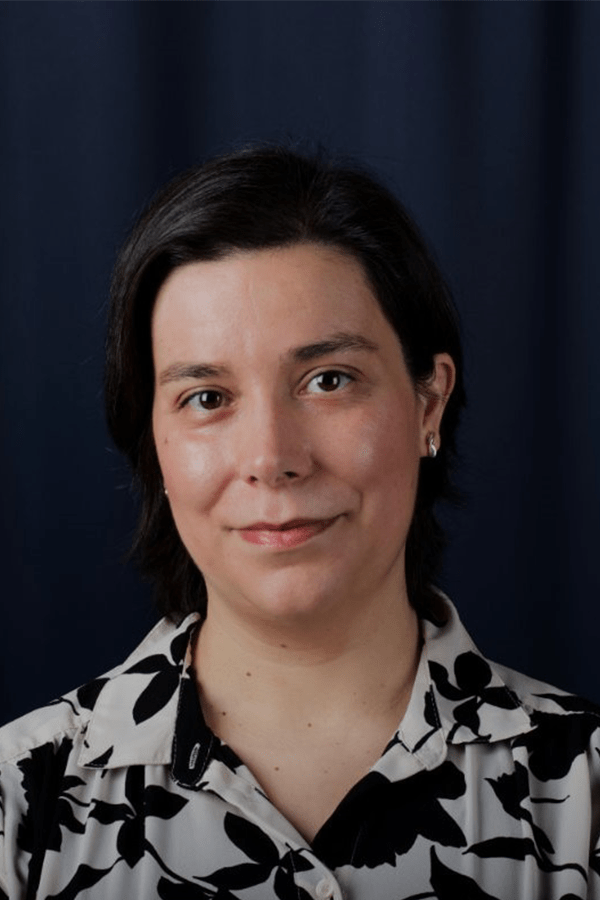In the healthy colon, the mucus layer creates a physical barrier that limits the contact between the microbiota and the host tissue to prevent inflammation. The major component of the mucus layer is mucin, a large glycoprotein that is heavily O-glycosylated. Our research is focused on understanding the basic mechanisms of interaction between microbiota and human colonic mucins.
We are currently particularly interested in:
functional and structural characterization of microbiota O-glycan active enzymes
identification of key binding domains utilized by commensal bacteria to select their host
characterization of the mechanisms of utilization of human colonic mucins by microbiota members study the impact of diet on mucin glycosylation and mucus barrier function
